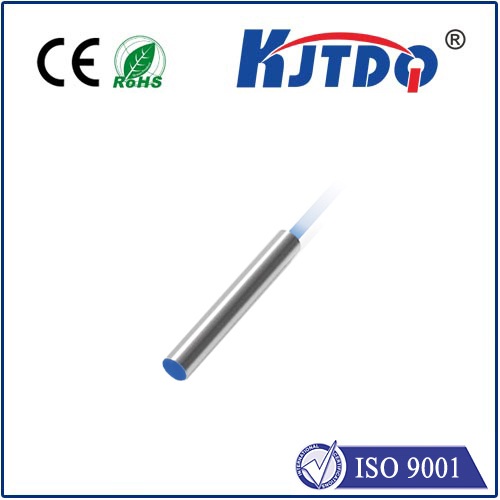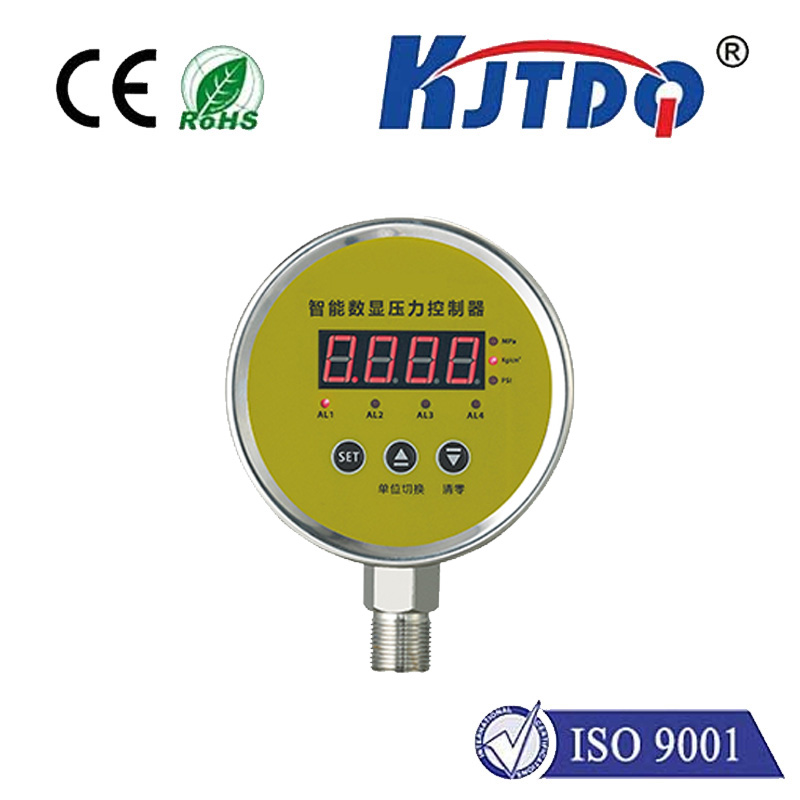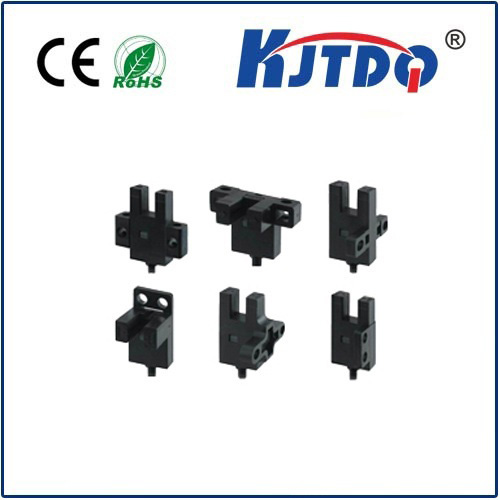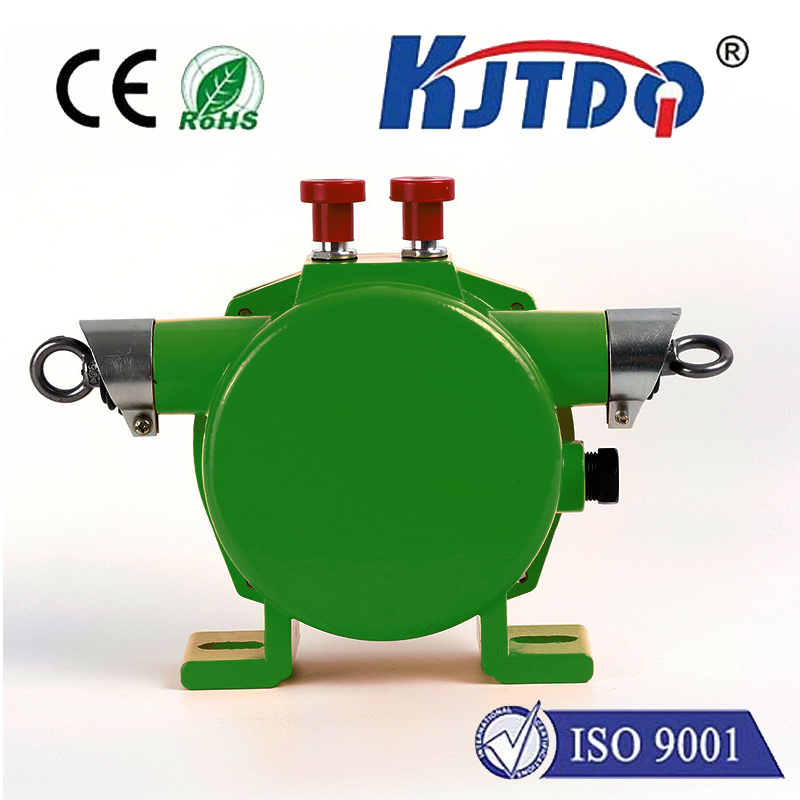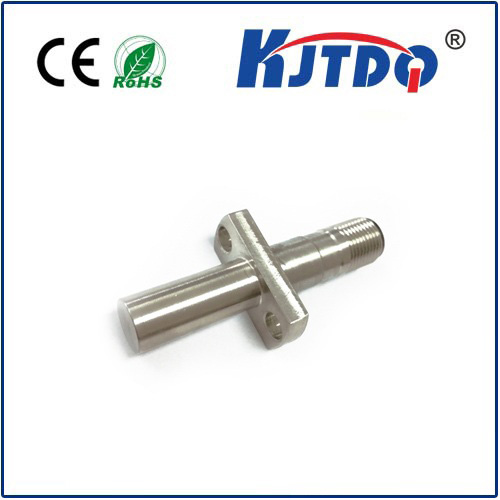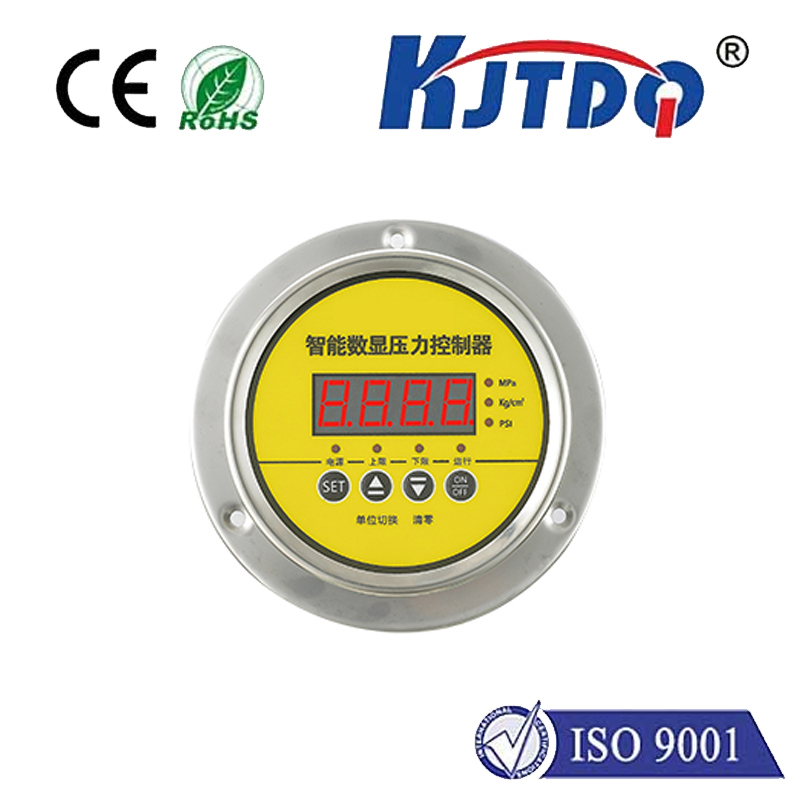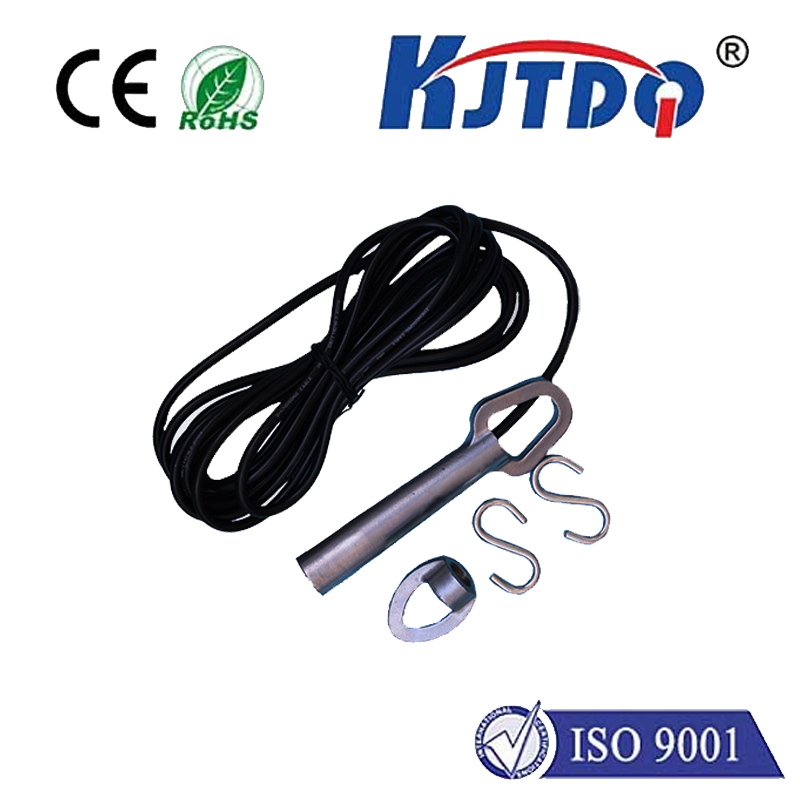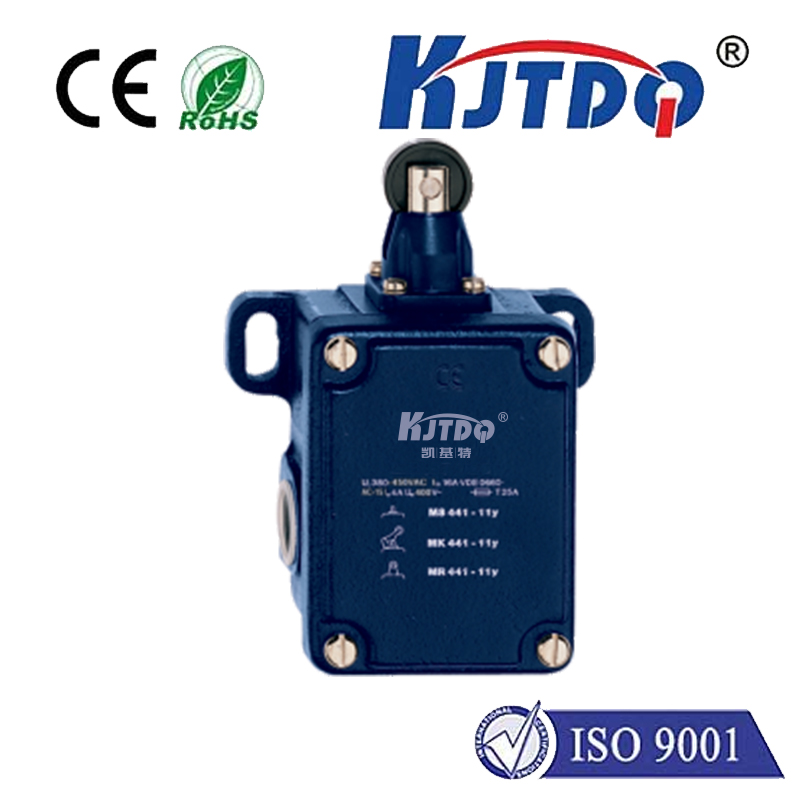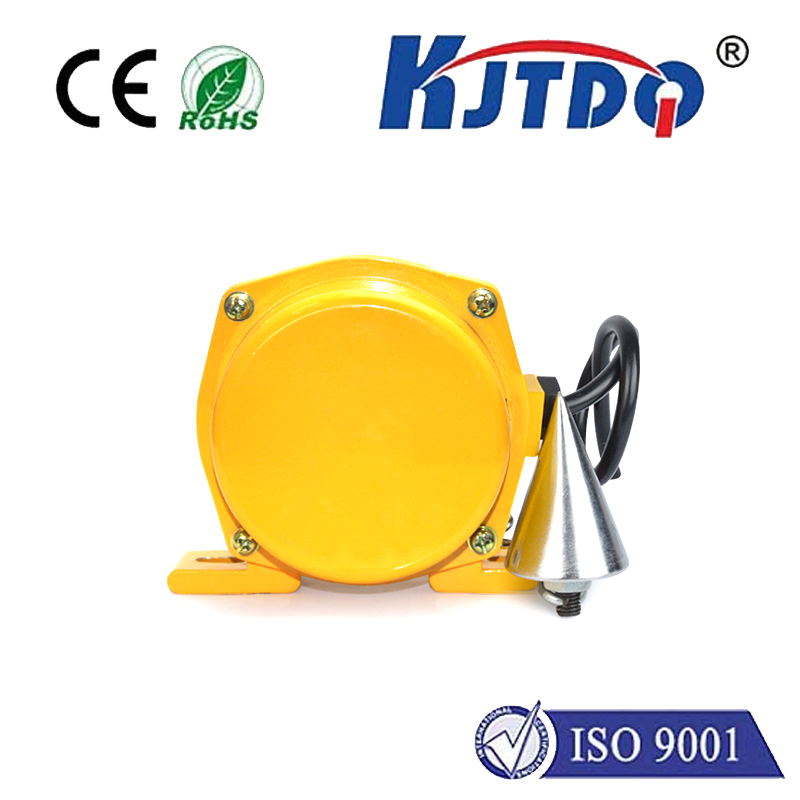

check

check

check

check

check

check

check

check

check

check

Title: The Importance of Zero Speed Sensor for Conveyor Systems Introduction In the world of material handling and logistics, conveyor systems play a crucial role in transporting goods efficiently and safely. However, to ensure seamless operation and prevent potential accidents, it is essential to have reliable safety measures in place. One such measure is the zero speed sensor for conveyors. In this article, we will explore the significance of zero speed sensors in conveyor systems and how they contribute to overall system performance. What is a Zero Speed Sensor? A zero speed sensor, also known as a proximity switch or inductive sensor, is a device that detects the absence or presence of an object without any physical contact. It works on the principle of electromagnetic fields and can detect metal objects within a certain distance. When an object comes close to the sensor, it disrupts the electromagnetic field, causing a change in the sensor’s output signal. This change is then interpreted as a binary value (0 or 1), indicating whether the object is present or not. Applications of Zero Speed Sensors in Conveyor Systems Zero speed sensors are widely used in conveyor systems for various applications, including:
